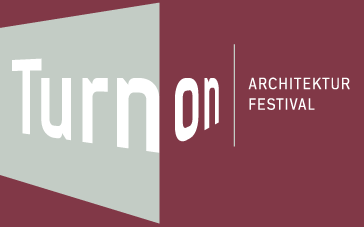This talk considers two new airport projects with quite different responses to local conditions.
The new Queen Alia airport in Amman, Jordan is designed in response to local building expertise and Amman’s climate, where summer temperatures vary markedly between daytime and night time. The building is constructed entirely from concrete, the high thermal mass of the material providing passive environmental control. The tessellated modular roof consists of a series of exposed shallow precast concrete domes measuring 25.5 x 25.5 m, which extend to shade the façades. The concourse is day-lit by rooflights inserted in the split beams at the column junctions with the domes. The new airport was built in two phases and opened in 2012; the second phase extension was completed in 2016 with a total area of 116,000 m² and a capacity of 12 mppa.
The winning entry at the international design competition for the proposed new airport for Mexico City is the result of a close collaboration between the architectural and engineering teams at Foster + Partners and our local joint venture architecture partner, FR-EE. At 470,000 square metres, it will be one of the world’s largest airports.
The day-lit concourse spaces are covered by a large lightweight steel roof. With typical spans of 100 m and a maximum span of 170 m in the central area, it demonstrates the ability to generate large-span, lightweight daylit spaces through the application of geometry and curvature. It is made up of a triangulated steel space frame structure creating an approximately 2.5 m deep skin. At the building perimeter, the roof curves down to the ground which provides a line support. The roof is also supported on a small number of large funnel shaped columns, which perform a number of operational and building service tasks as well, such as bringing fresh air into the building.
The entire building is serviced from beneath, freeing the roof of ducts and pipes and revealing the environmental skin. The LEED Platinum design works with Mexico City’s temperate, dry climate to fill the terminal spaces with fresh air using displacement ventilation principles.
P.K.
Paul Kalkhoven, geb. 1955 in Haarlem, Niederlande. 1972–1980 Studium der Architektur an der Universität Delft, Niederlande. 1980–1985 Mitarbeit bei MacCormac & Jamieson, London. 1986 – heute Foster + Partners, London.
Realisierte Projekte (Auswahl): Stansted Airport, Großbritannien (1987–1991), Design Zentrum, Essen (1993–1997), Gerling-Ring, Köln (1995–2001), World Port Center, Rotterdam (1996–2000), Vivaldi Tower, Amsterdam (2002–2007).
Aktuelle Projekte (Auswahl): Technische Entwurfsüberprüfung der Foster + Partners-Projekte (seit 2007).
Auszeichnungen (Auswahl): Dutch Studentenplannen Archiprix (1980), Stansted Airport - Mies van der Rohe Award (1990), Gerling Ring - Kölner Architekturpreis (2001), Swiss Re (winner) and Bexley Academy (shortlisted) - Stirling-Preis (2004).
